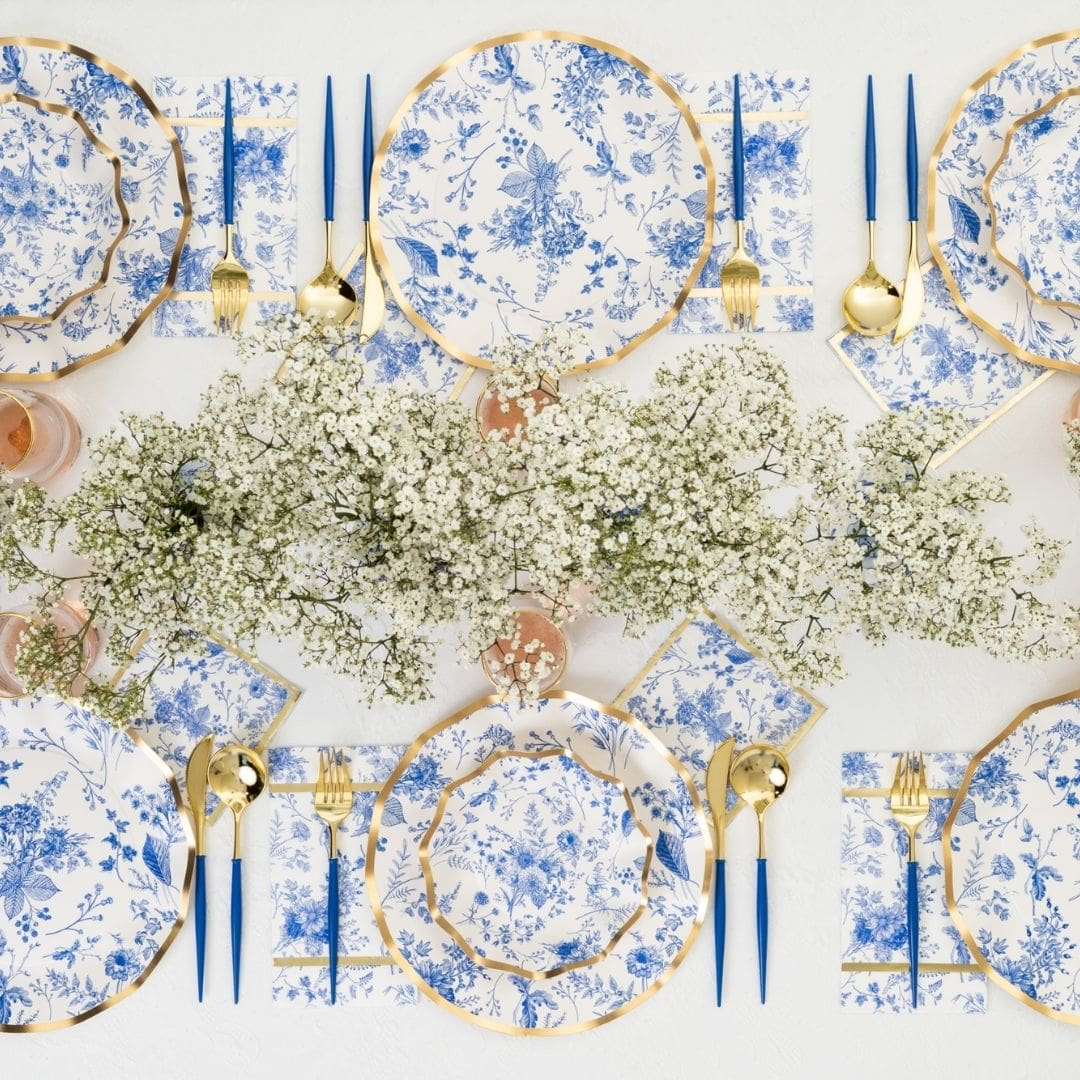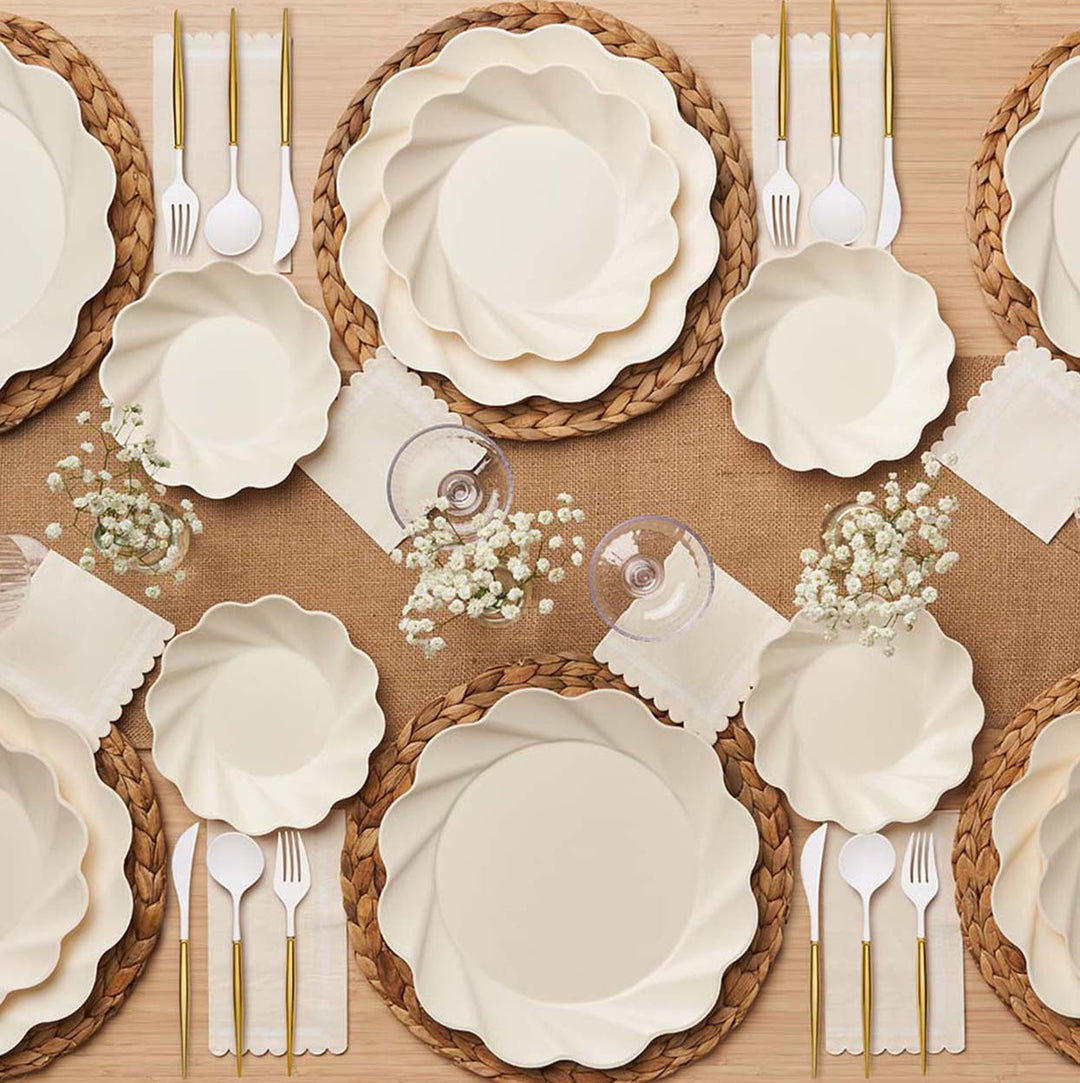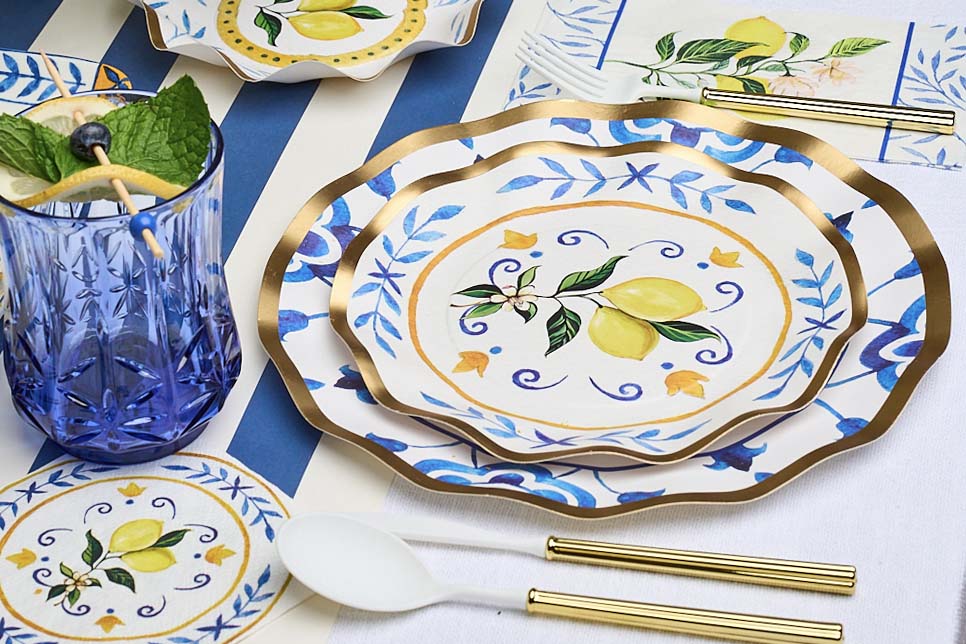7 Tips for Cutting Cheese for a Charcuterie Board
There are many ingredients that go into a charcuterie board. Amongst them, cheese is definitely our favorite. But when including cheese in your charcuterie board, it’s not always as simple as cutting it into cubes. If you’re curious about how to cut cheese for a charcuterie board, then this guide is for you.
Read on to learn about the different categories of cheese, the types of cheese knives you can use, and our top tips for cutting cheese for a charcuterie board.
Different Types of Cheese
Before we get into how each type of cheese should be cut, let’s take a look at some of the main categories of cheese. Here are five of the most popular ones.
1. Fresh
Unlike most cheeses, the fresh variety is only aged for a few days and doesn’t develop a rind on the outside. They tend to be very fatty and moist and have a hint of that subtle milky flavor. They’re usually bright white in color. Some of our favorite fresh cheeses include mozzarella, ricotta, and queso fresco.
2. Bloomy Rind
This type of cheese is instantly recognizable thanks to the hard, white rind it develops on the outside. The rind protects the cheese, allows it to develop a complex flavor, and is totally safe to eat. On the inside, this type of cheese is incredibly rich, soft, and gooey—similar to butter. Brie is one example we all know and love.
3. Semi-Hard
Semi-hard cheeses have a firm texture with a balance of savory and tangy flavors. They’re typically aged for six months, which is why their taste and aroma are relatively mild. This type of cheese is really easy to work with when cutting and is guaranteed to give you neat slices every time. One delicious example of the semi-hard variety is Gouda cheese.
4. Hard
Similar to the semi-hard variety, hard cheese is firm. But it differs in several regards. First, it’s produced by separating and draining most of the whey and then pressing the curd, which makes it a dense type of cheese.
Second, it’s aged for at least a year, which gives it a sharp flavor. This type of cheese is the least creamy but the most flavorful. After all, who doesn’t love a nice piece of Parmigiano-Reggiano?
5. Blue Cheese
Blue cheese is the stinky cheese you probably avoided as a kid but now can’t get enough of. It’s produced by piercing holes in the cheese and injecting it with mold, which gives it that sharp, sweet, and slightly spicy flavor. Our favorite blue cheese is the pleasantly sweet Gorgonzola.
Different Types of Cheese Knives
While a high-quality chef’s knife will take you far when it comes to cutting cheese, there might be some shortcomings when using it with certain cheese types. Here are the different types of cheese knives that will take your cheese-cutting a long way.
1. Soft Cheese Knife
Soft cheeses tend to be fairly sticky, which is why a soft cheese knife has holes in the blade—this reduces the surface area that the cheese can stick to while providing some much-needed oxygen. Use this type of knife with cheese varieties such as Camembert.
2. Spatula Knife
A spatula knife looks exactly like a small spatula. It’s perfect for spreading soft cheeses such as Brie onto a piece of toasted bread. You can also use it for the many spreads that your charcuterie board will include.
3. Cheese Plane
For semi-hard cheese varieties such as Muenster, the perfect slice of cheese is more than possible. A cheese plane will guarantee it every time thanks to the sharp rectangular opening in its center. Use it for making those thin melt-in-your-mouth cheese slices.
4. Pronged Cheese Knife
A pronged cheese knife is a multi-purpose tool with a sharp blade and fork spear. You can use it to cut a slice of cheese and pick it up immediately after. You can use this type of knife with semi-hard and hard cheeses.
5. Thin Blade Cheese Knife
For the sticky cheese varieties, a regular knife will tend to get stuck when slicing. A knife with a thin blade will minimize the surface area and prevent sticking when working with cheeses such as gorgonzola. Some even have perforations in the blade to help achieve this.
7 Tips for Cutting Cheese for a Charcuterie Board
- Serve at Room Temperature: Before you cut your cheese, you want to make sure they’re at room temperature. That’s because the cold locks in the fat, which is where the flavor lives. For this reason, try not to assemble your charcuterie board until the cheese has had a chance to warm up.
- Throw It In the Oven: If you completely forgot to take your cheese out of the fridge, then you can use a shortcut. Preheat your oven to 350℉ and throw the cheese in there for a few minutes (but just a few!).
- Cut Strong Cheeses Separately: The stinky cheese varieties can overwhelm the flavors of the milder cheeses. For this reason, always use a different knife and try to place them apart from each other on the charcuterie board. It would be even better if you can give your blue cheese its own plate.
- Use the Right Knife: If you’re serving the charcuterie board with large pieces of cheese that your guests can cut on their own, then make sure to provide plenty of cheese knives that will do the job right. We would avoid any large knives as they tend not to look as good on a charcuterie board.
- Preserve the Shape of the Cheese: Instead of cutting your cheese into cubes, try to stick as much as possible to its natural shape. This could mean crumbles, wedges, and rectangular slices.
- Eat the Rind: Unless the rind is made from wax, bark, or cloth, you can absolutely eat it. Although many tend to cut off edible cheese rinds, we would leave them on and let your guests decide if they taste good to them.
- If It Grows Together, It Goes Together: When deciding which ingredients to pair with your cheese, try to stick to the same geographic region. This will guarantee an almost-perfect pairing every time.
10 Popular Cheeses and How To Cut Them
Every type of cheese is unique and should be cut accordingly. Here are 10 of the most popular cheese types that might make it on your charcuterie board and the best ways to cut them.
1. Parmigiano-Reggiano
This is a favorite hard cheese that is low in fat, slightly crumbly, and incredibly flavorful. To cut it, use a small cheese knife to chisel off the cheese. Since this is a low-moisture cheese, don’t worry about making the perfect slices and allow it to crumble into large chunks. Pair this cheese with an aged balsamic glaze.
2. Cheddar
Cheddar is a sharp, tangy, and nutty cheese that’s firm and easy to work with. Although there are tons of different types of cheddar, their texture shouldn’t vary too much. As a bonus, you can use your chef’s knife to slice this cheese along the side into large, semi-thick slices. Pair this cheese with slices of honey crisp apples.
3. Manchego
Manchego is a Spanish cheese that’s made from pure sheep’s milk cheese. It’s coated with a waxy rind in a signature herringbone pattern. Because this cheese is incredibly firm and is sold in large blocks, it’s a bit tricky to cut. Use a thin-blade cheese knife to cut it from top to bottom. But definitely don’t worry about making perfect slices!
4. Gruyère
One of Switzerland’s greatest gifts, this type of cheese is made in the Alps and is usually sold in large blocks. You can use a cheese planer and drag it across the block of cheese to get thin slices for melt-on-your-tongue goodness. Alternatively, you can use a sharp knife to cut the cheese into thick slices. Most people aren’t a fan of this cheese’s rind, so feel free to skip it.
5. Aged Gouda
This type of cheese originates in Holland and is coated in a waxy rind, which makes it creamy and semi-sweet. This cheese is generally sold in a round wedge, which you can lay down on a cutting board and slice perpendicular to the front. You should end up with long sticks, which you can dice up into smaller cubes. Serve this cheese with dark chocolate, which is perfect for enhancing the aged Gouda’s natural sweetness.
6. Gorgonzola
This cheese is part of the (huge) blue cheese family. It has a soft and slightly crumbly texture that tends to stick to the surface of the knife. For this reason, we recommend using a knife with an incredibly thin blade and slicing the gorgonzola into thick slices. Serve this cheese with slices of pear.
7. Brie
This cheese is part of the bloomy rind category, which gives it that pungent and sweet flavor. Brie is covered with a hard rind while being incredibly soft and gooey on the inside. It usually comes in a round wheel which you can slice into wedges using a sharp knife. Serve this cheese with honey in a decorative container. And keep in mind: it tastes even better baked!
8. Mozzarella
This is a fresh cheese that’s very simple in flavor. Unlike the variety we’re used to, Italian mozzarella is made from buffalo’s milk. It will usually come in a round ball, which you can slice into thick pieces using your chef’s knife. Unlike aged cheeses, fresh mozzarella has a tendency to dry out, so try to slice it immediately before serving. Serve with Campari tomatoes, fresh basil, and aged balsamic glaze.
9. Chèvre
This is a fresh goat cheese that’s simultaneously tangy and tart. It’s usually packaged in a small semi-oval, so you don’t really have to slice it before serving. Simply lay it on the charcuterie board with a soft cheese knife and allow your guests to dig in. Serve this cheese with cranberry chutney.
10. Feta
This type of cheese is packed and aged in salt brine, which allows it to keep for a long, long time. It’s sold in blocks so you can easily slice into whatever shape you prefer using your chef’s knife. Serve feta with Kalamata olives and sliced beefsteak tomatoes.
Cheese, Wine, and Friends
These are the words we live by. And we’re sure that with a charcuterie board adorned with all types of delicious cheeses, you’ll feel like a nice glass of wine with some friends is all you need in life.
Our Sources:
Good Cheeses Come in Small Packages | The Wall Street Journal
How Is Blue Cheese Made? | The Spruce Eats
Build a Better Baked Brie | The Wall Street Journal













